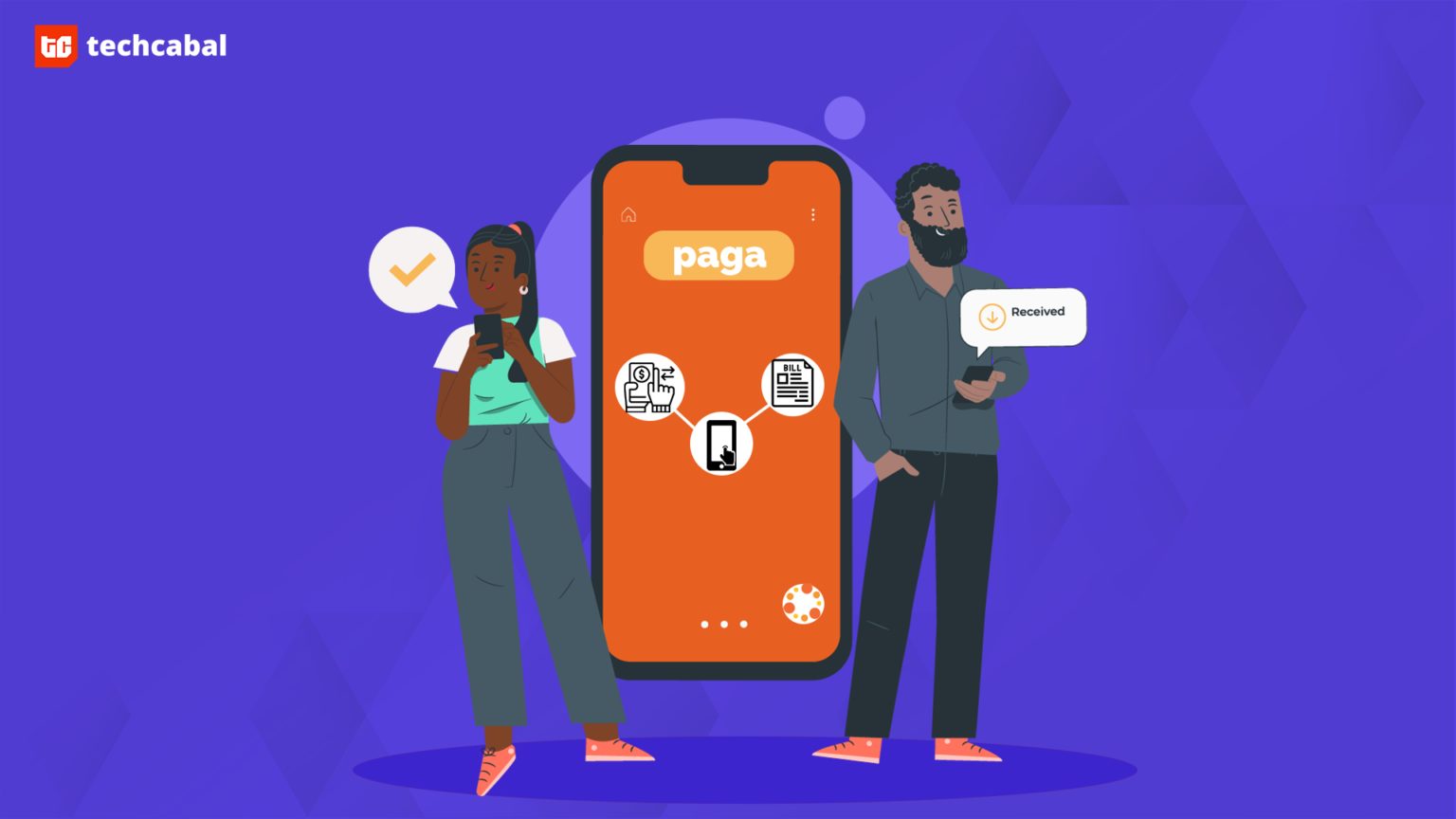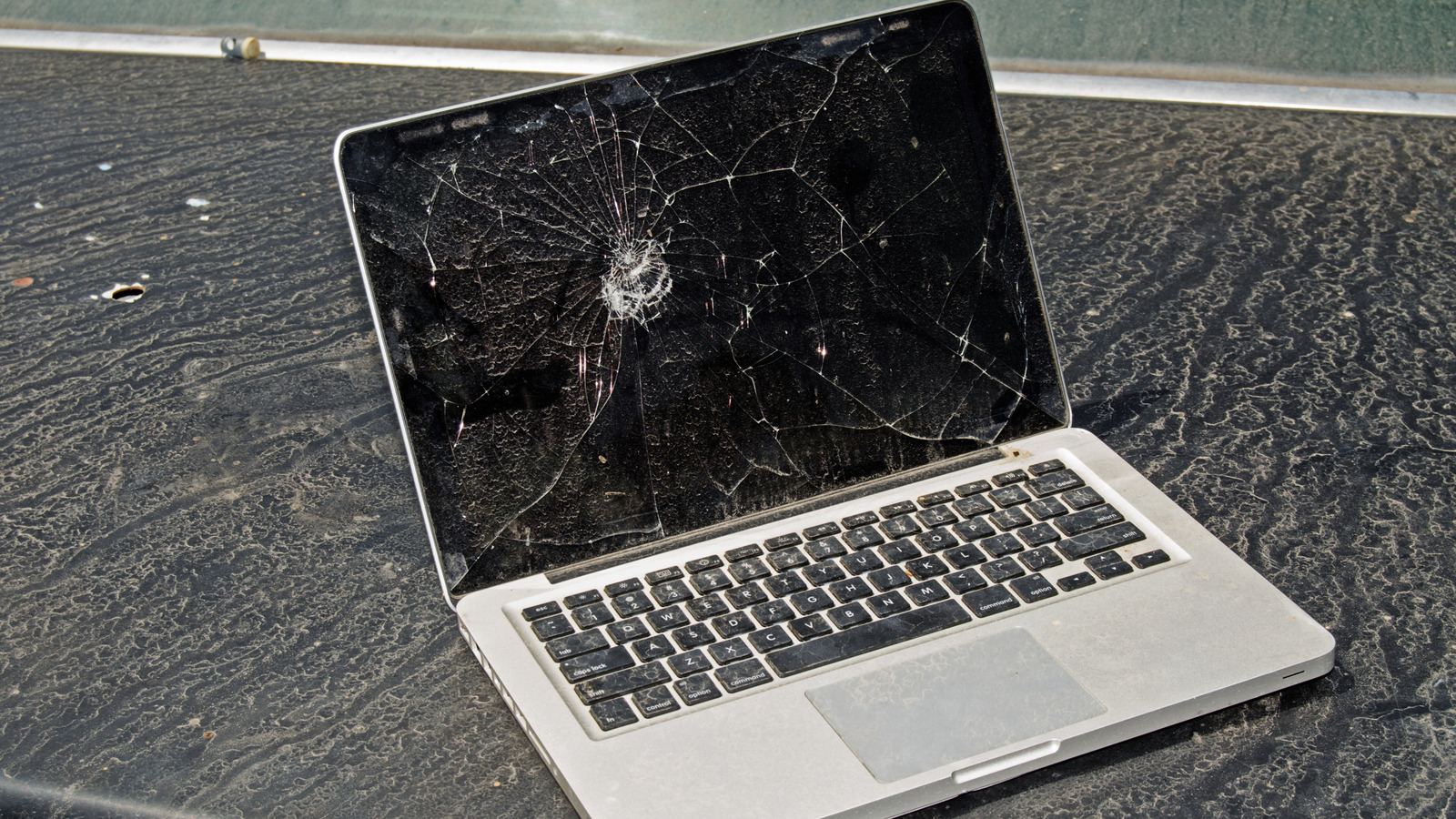Given their widespread demand, iPhones are one of the top targets for counterfeiting, and a good replica can closely resemble the original (even if only on first glance). If you’re planning to buy an iPhone from a third-party retailer—or have already purchased a used one from an unknown seller—here’s how to check whether it’s genuine.
Verify the Serial Number
Each authentic iPhone has a unique serial number that provides information like its model and purchase date. This number also allows you to check the warranty status and verify AppleCare eligibility, making it a reliable way to confirm the authenticity of your device. If your iPhone is genuine, Apple must have a record of the purchase in its database.
To verify this, find your iPhone’s serial number. Go to Settings > General > About, then long-press the “Serial Number” to copy it.
Next, visit Apple’s official coverage page, choose your region, paste the number, complete the Captcha, and hit “Submit.” If Apple doesn’t return any details or marks the serial number as invalid, your iPhone may be counterfeit.
On the other hand, if the page shows purchase information and warranty coverage (even if expired), it’s a strong indication that your iPhone is genuine.
Request the Original Purchase Receipt for Used Phones
If you’re planning to buy a used iPhone, one of the most reliable ways to confirm its authenticity is by asking for the original purchase receipt. Genuine iPhones bought from an Apple Store or an authorized reseller always come with an official receipt, whereas counterfeit devices or gray-market phones rarely have legitimate proof of purchase.
Since the receipt also shows when and where the device was purchased, you can contact the same store to verify the purchase and ensure the document isn’t fake. If the seller makes excuses to provide these details, it’s a red flag. In such cases, it’s best to avoid going through with the purchase.
If the seller says they’ve lost the receipt, request the name of the store where the device was purchased. If they hesitate to share even that, you’re better off buying from a different seller.
Assess the Build Quality
iPhones are known for their premium build, and counterfeit models, built to cut costs, usually fall short in attention to detail. A fake may feel lighter, use cheaper casing materials, or have a less refined finish. Pay close attention to buttons, ports, and speaker grills—they may appear misaligned, unsteady, or have jagged edges, indicating they’re likely fake.
The screen is a clear sign to watch for—fake phones usually don’t have the sharp, bright Retina display or smooth touch response. Dull colors, low resolution, or slow touch response are warning signs. The camera is another giveaway; even if it claims high megapixels, the picture quality may be subpar, and some iPhone-exclusive camera features may be missing.
Test Core iPhone Functions
Even if a fake iPhone looks convincing on the outside, testing key iOS features can show whether it’s genuine. Start by sending a text, making a call, or trying a feature like AirDrop. Next, test services such as FaceTime and iMessage, which are designed to run smoothly on genuine Apple devices and often perform poorly or inconsistently on counterfeit ones.
Given counterfeit iPhones are often cheap knockoffs of third-party models, the interface may appear clumsy, and some apps—especially those exclusive to the App Store—may be missing, which should raise suspicion. You can also test apps like Safari, Apple Music, and Camera to check for inconsistencies in the user interface.
Because Apple’s hardware and software are tightly integrated, knockoff devices can’t match the same performance. If you notice lag, treat it as a warning sign and avoid buying that device.
Examine the Box and Included Accessories
Packaging is another detail counterfeiters often cut corners on. Instead of Apple’s signature sharp, high-quality graphics, fake boxes may have blurry text, dull images, or slightly off fonts and logos. Even if you’re buying second-hand, it’s a good idea to ask for the original packaging to help verify authenticity. If they can’t provide it, you have every reason to be cautious.
The box labels may lack key details, such as the serial number, or the number may not match the phone’s. Inside, accessories—such as the USB-C to Lightning cable—may be missing, or you might find cheap replacements, including low-quality earphones, plastic-wrapped chargers, or items that don’t match the phone’s model. Such inconsistencies are strong red flags.
Ensure the Voice Assistant Is Genuine Siri
Another way to spot a fake iPhone is by testing the voice assistant. Genuine iPhones come with Siri, Apple’s built-in AI assistant, which can handle a wide range of tasks—sending messages, setting reminders, opening apps, and even adjusting settings with voice commands. Counterfeit devices, on the other hand, often substitute Siri with a generic assistant.
This replacement may open differently, offer limited functionality, or be unable to handle Apple-specific features. A simple test is to ask Siri, “Who are you?” If there’s no response or the assistant doesn’t behave like Siri normally would, that’s a strong warning sign. You can also try less common commands to see if Siri struggles with tasks it should handle easily.
If you’re planning to invest in an iPhone—new or second-hand—it’s smart to confirm that it’s genuine before handing over your money. The steps above should help you ensure the device is authentic and protect you from wasting money on a counterfeit. If at any point something feels off, the safest choice is to walk away from the deal.













